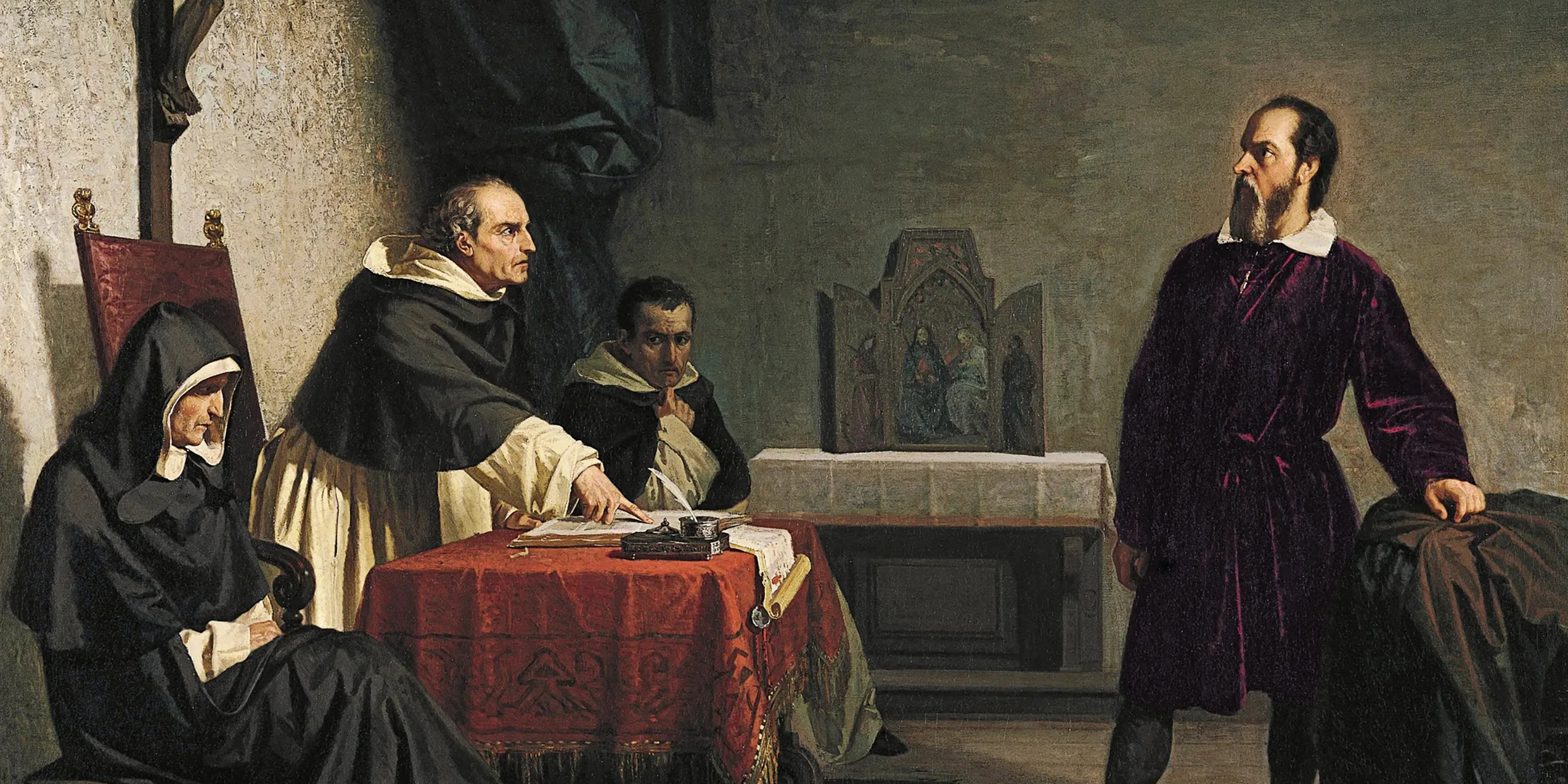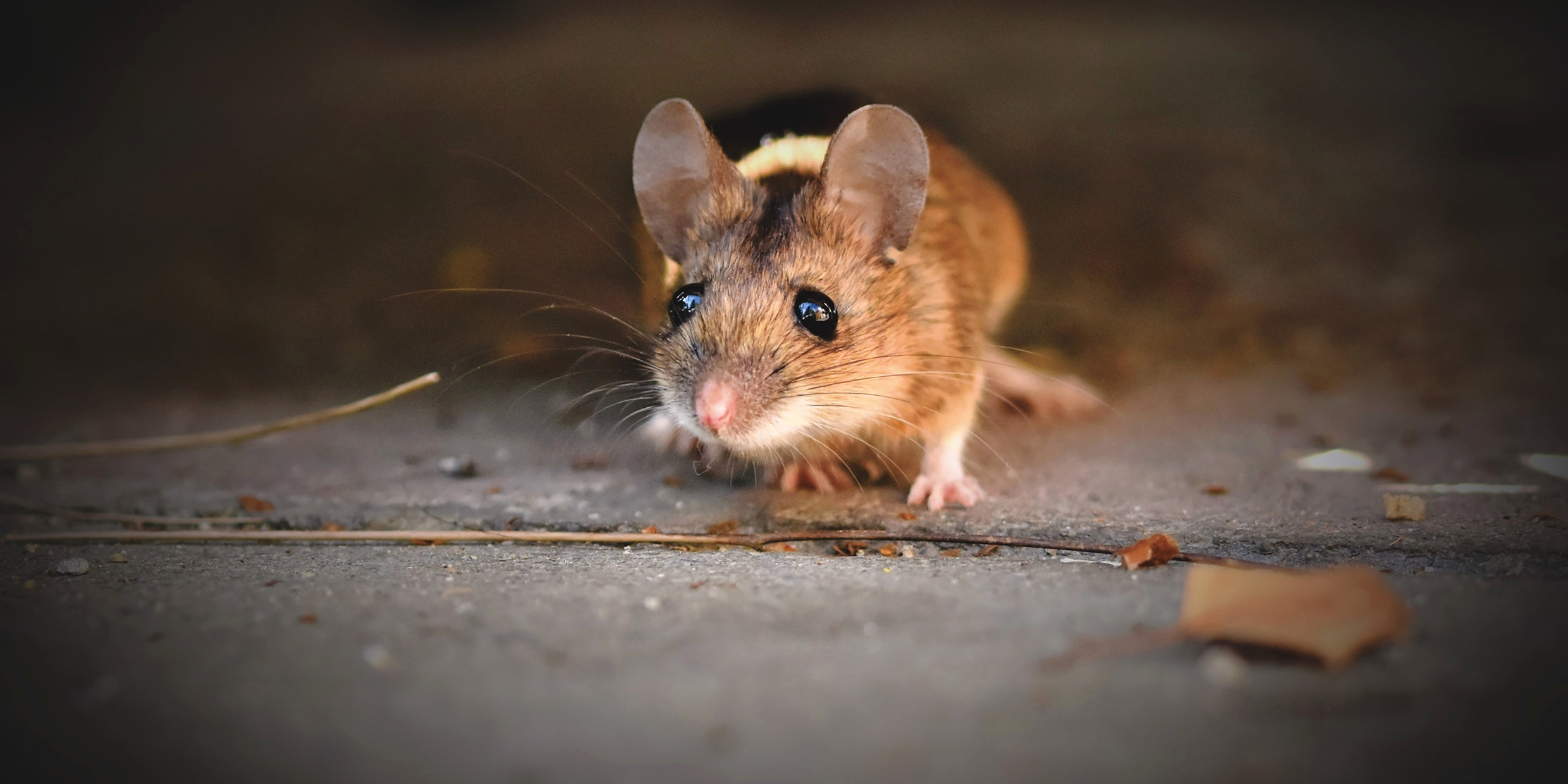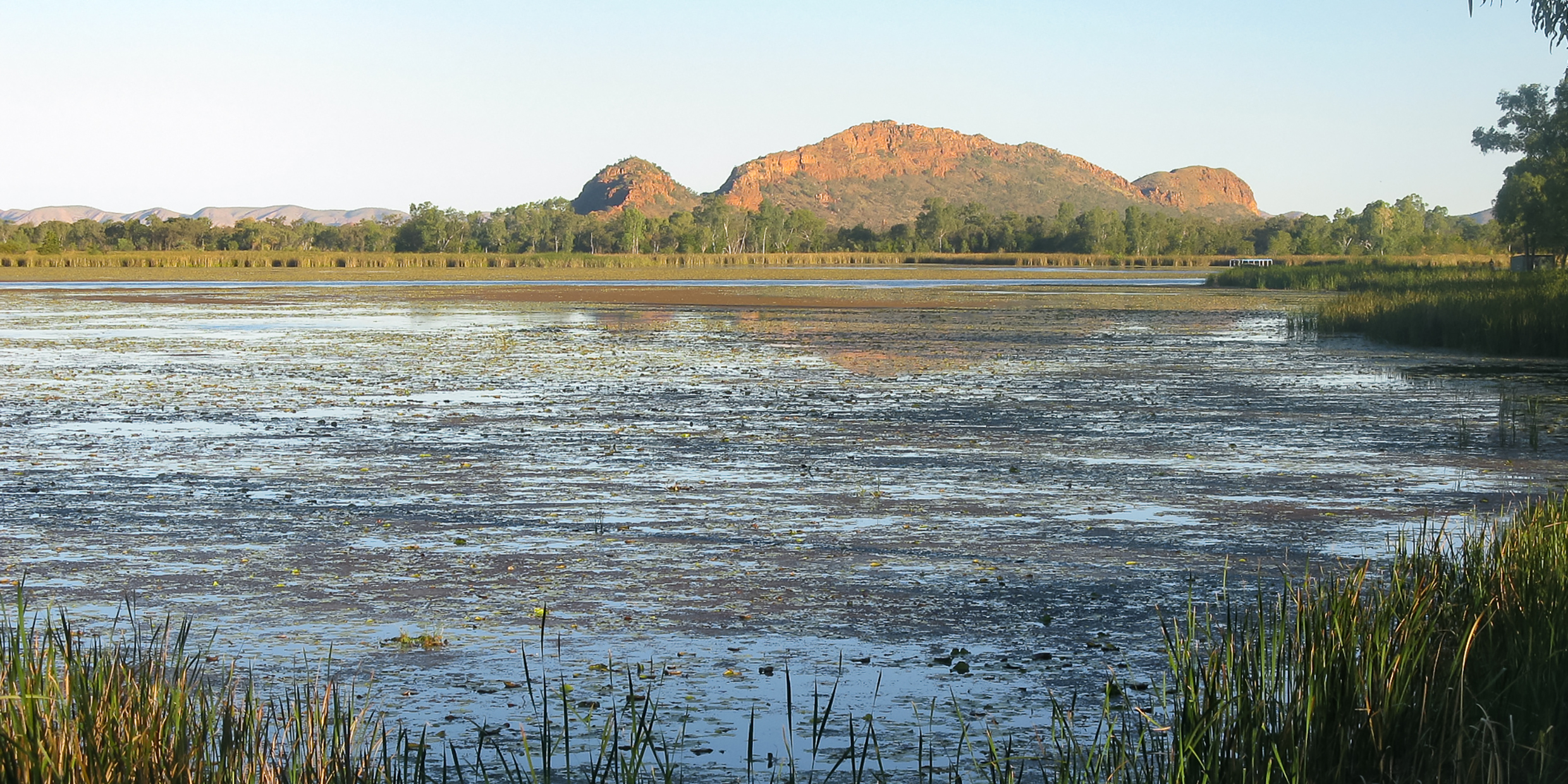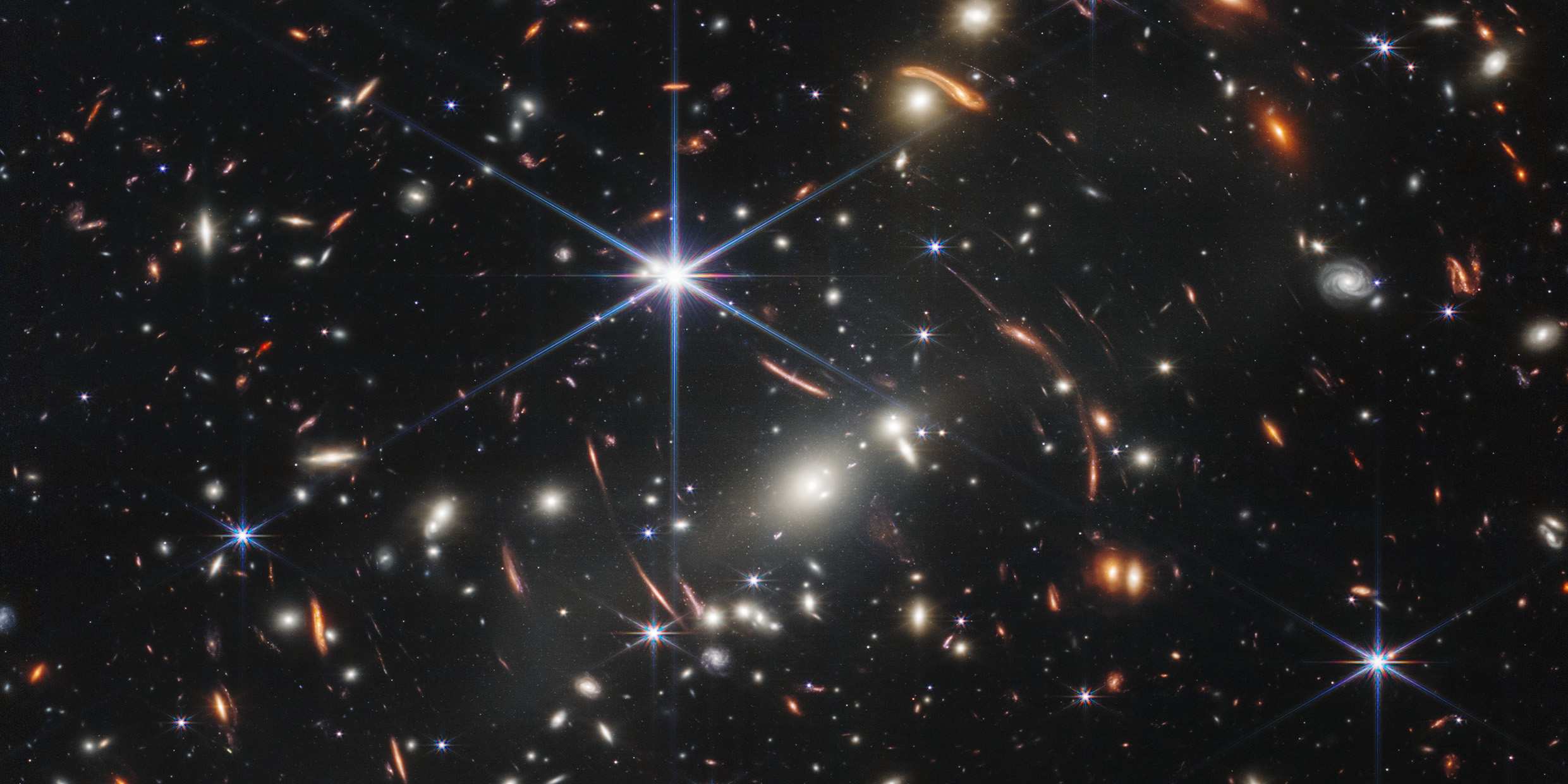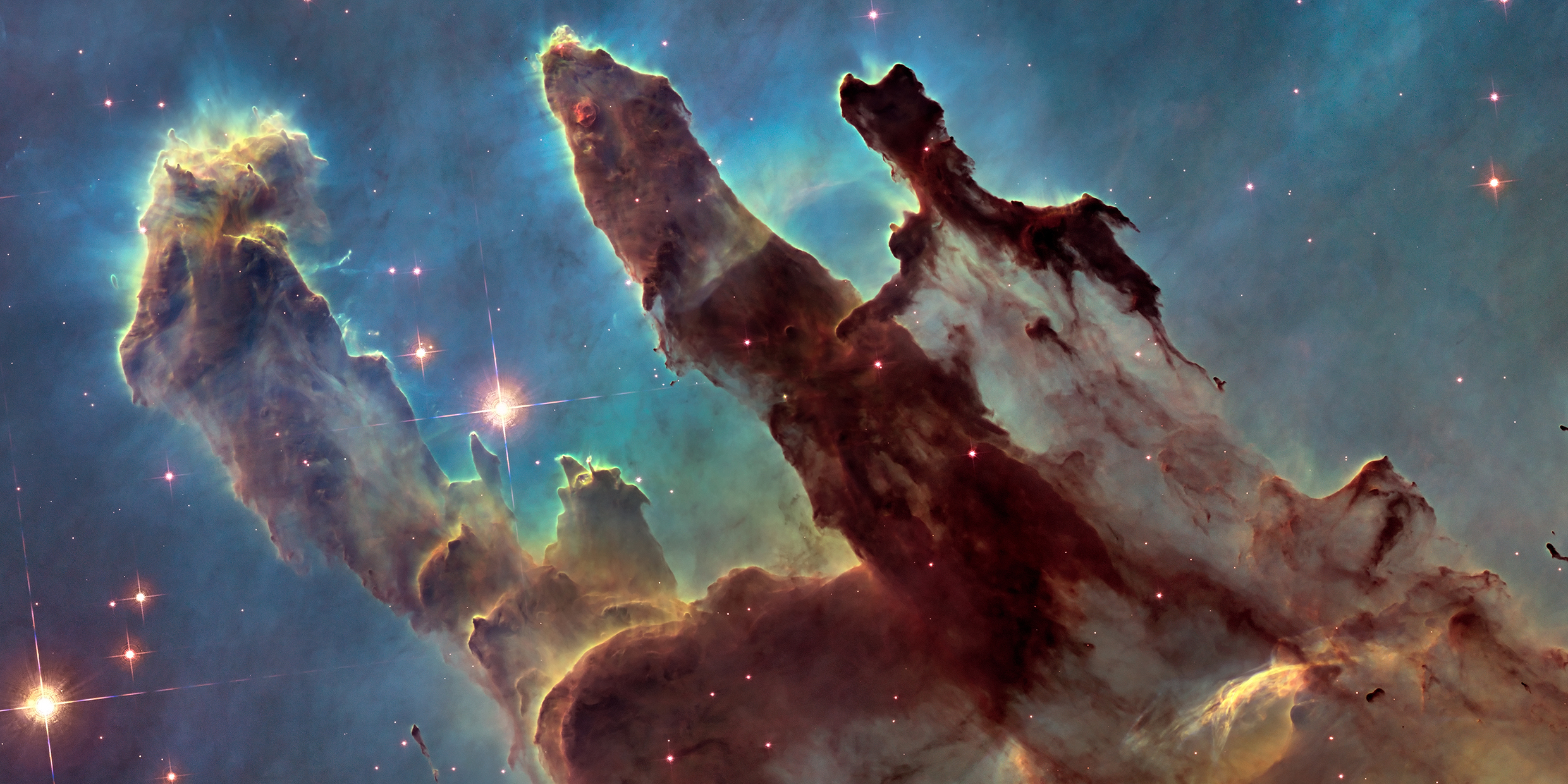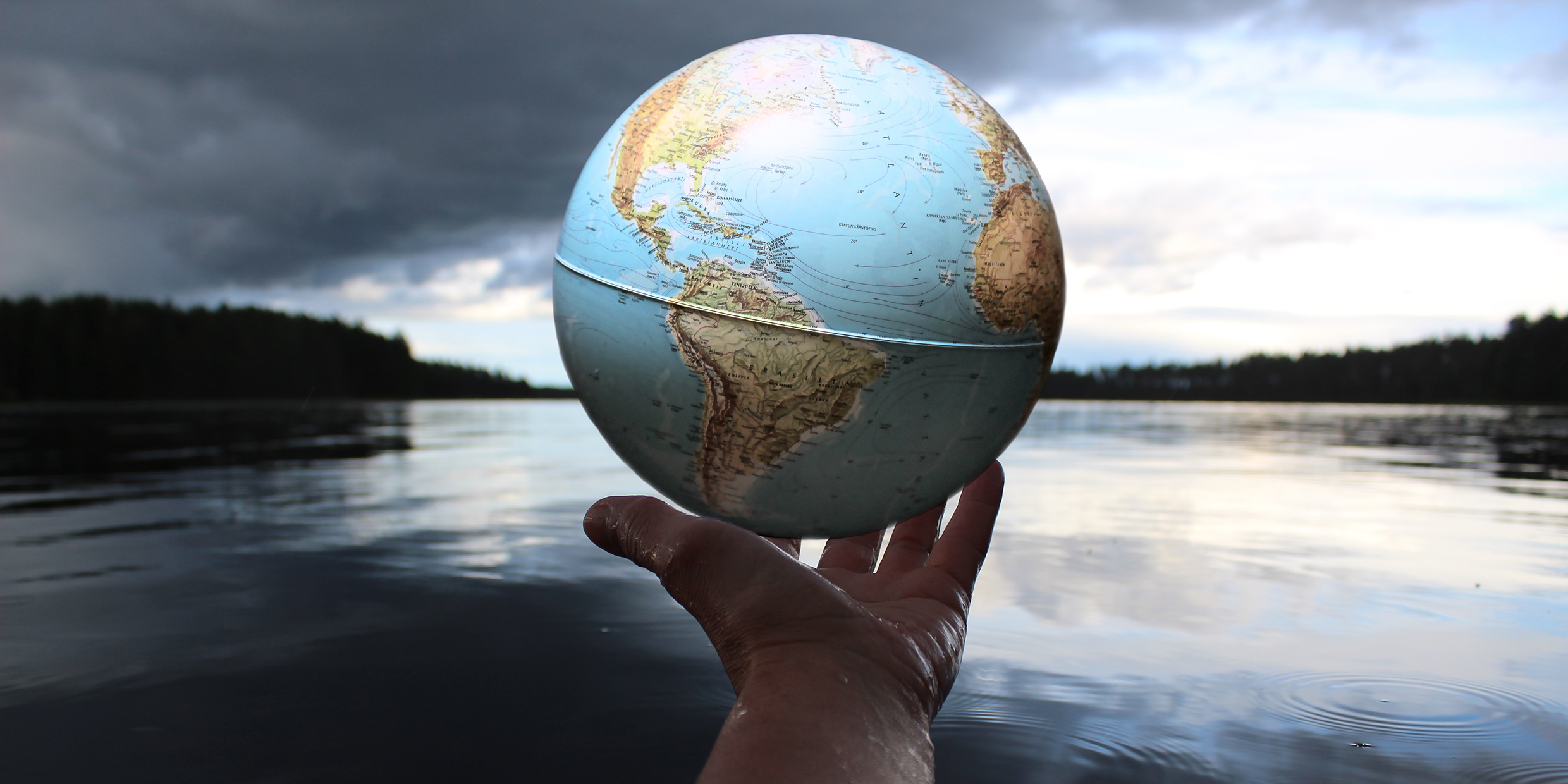On the evening of January 7, 1610, Galileo Galilei, citizen of Florence and mathematician of the University of Padua, turned his telescope to the planet Jupiter. He saw the planet as a round disk against a background of three tiny stars, all in a row.
Finding science at the shoreline
The great 19th-century physicist James Clerk Maxwell said, “It is a universal condition of the enjoyable that the mind must believe in the existence of a law, and yet have a mystery to move about in.”
To our rodent kin, an ode
Wee, sleekit, cow’rin, tim’rous mousie,
Astir within the Christmas housie!
Can we extend our rights to animals?
Oh, dear, what to eat?
Chalk at the core of good geology
I spent my childhood clapping erasers in the playground after school.
Nature illustrates its law and chaos
My daughter, a geologist, gave me zebra stones for my birthday.
Can’t we all just forget the lawn?
In 1941, when I was 5 years old, my parents built a house in the rural suburbs of Chattanooga, Tennessee. It was the classic American dream house, a two-story modified Cape, with a white picket fence around the backyard, a badminton court, a victory garden, and, of course, a lawn.
The big questions are still out there
Last week’s column mentioned in passing the medieval European liberal-arts curriculum, required of every university student who sought a bachelor’s degree.
Poetry in interstellar motion
Each of the three books of Dante’s “Divine Comedy” ends with the same words: “the stars.”
The world of science
Let’s talk about the topic that will define the 21st century. Let’s talk about globalization.
